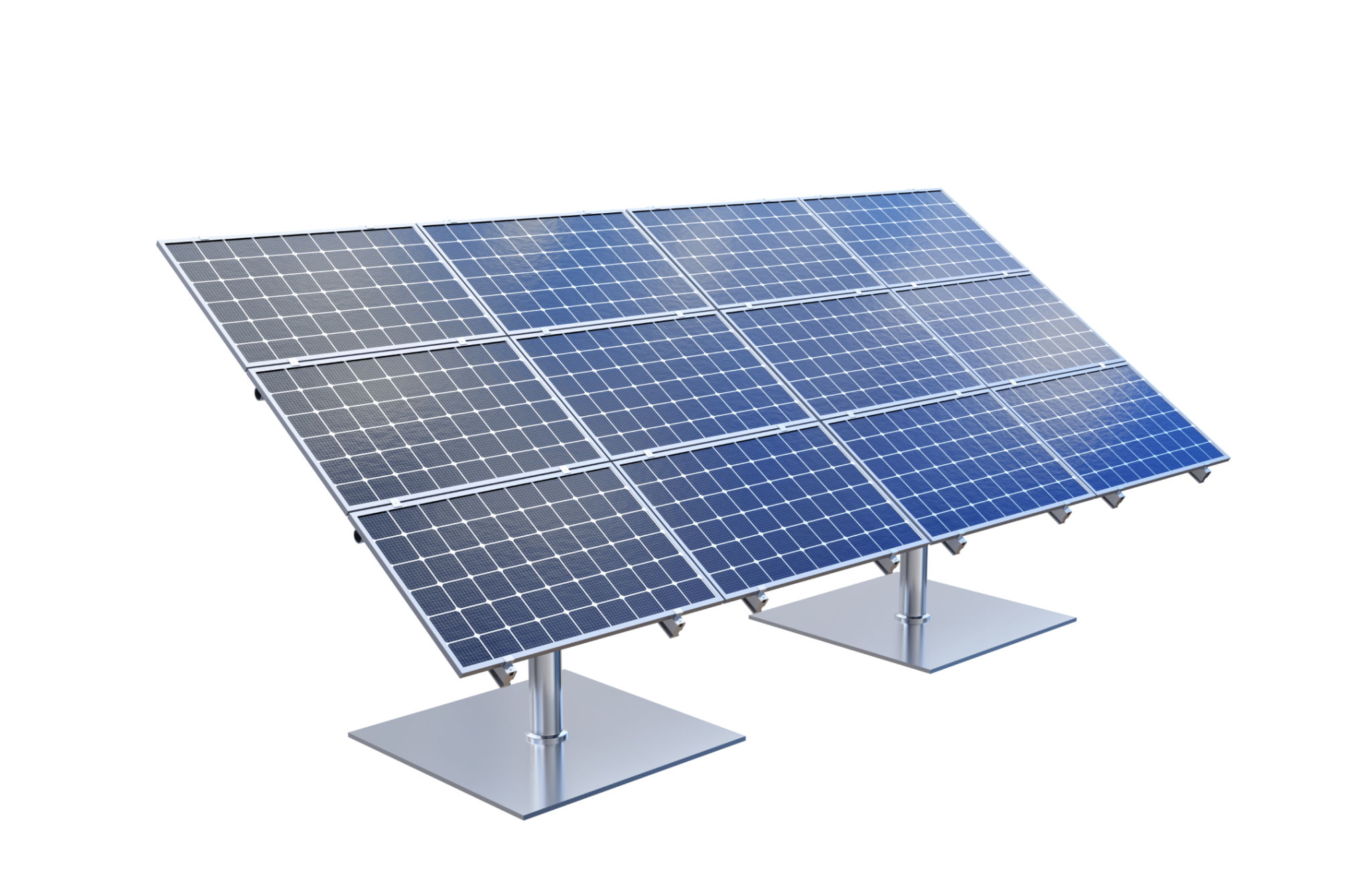Virtual Power Plants vs. Traditional Grid: A Comparison for South Australian Homeowners
Understanding Virtual Power Plants and the Traditional Grid
As energy demands grow and technology advances, homeowners in South Australia are increasingly faced with a choice between two power distribution models: Virtual Power Plants (VPPs) and the traditional grid system. Both offer unique benefits and challenges, but understanding these can help you make an informed decision for your home energy needs.

What is a Virtual Power Plant?
A Virtual Power Plant is an innovative concept that aggregates decentralized energy resources like solar panels, wind turbines, and battery storage systems to operate as a single power plant. This model allows for more efficient energy distribution, as it can balance supply and demand in real-time using advanced software platforms.
VPPs provide homeowners with the ability to both consume and contribute to the grid, potentially offering financial incentives for stored energy shared during peak demand times. This decentralized approach can lead to increased grid stability and reduced reliance on fossil fuels.
Traditional Grid: A Time-Tested System
The traditional grid, on the other hand, is a centralized system where electricity is generated at large power plants and distributed to homes through a network of transmission and distribution lines. This system has been in place for decades and is known for its reliability and wide coverage.
However, the traditional grid can face challenges such as transmission losses over long distances and vulnerability to single points of failure, which can lead to blackouts. Upgrading infrastructure to meet modern demands can also be costly and time-consuming.

Benefits of Virtual Power Plants for Homeowners
For South Australian homeowners, VPPs offer several advantages:
- Flexibility: VPPs allow homeowners to optimize their energy use, utilizing stored power when rates are high and selling back excess energy.
- Environmental Impact: By using renewable energy sources, VPPs contribute to a reduction in carbon emissions.
- Cost Savings: Participation in a VPP can lead to lower electricity bills through incentives and optimized energy usage.
Challenges Faced by Virtual Power Plants
Despite their benefits, VPPs also come with challenges. The initial setup can be costly due to the need for smart meters and compatible home energy systems. Additionally, VPPs require a robust internet connection and software that can handle complex operations seamlessly. Regulatory frameworks for VPPs are still evolving, which can impact how these systems are deployed and managed.

Evaluating Your Options
When deciding between a VPP and the traditional grid, consider factors such as your current energy consumption patterns, budget for initial setup costs, and long-term environmental goals. While the traditional grid offers proven reliability, VPPs provide an opportunity for more sustainable and potentially cost-effective energy use.
Local incentives and government policies can also play a significant role in your decision. South Australian homeowners should research available rebates or programs that support renewable energy integration.
Conclusion: Making the Right Choice
Choosing between a Virtual Power Plant and the traditional grid is not just about technology; it’s about aligning with your household’s energy needs and values. Both options have their merits, but understanding their operational dynamics can help you make an informed choice that benefits your home and the environment.
The future of energy in South Australia is undoubtedly leaning towards more intelligent, sustainable solutions. Whether you opt for a VPP or stick with the traditional grid, embracing innovation will be key in navigating the evolving landscape of home energy management.